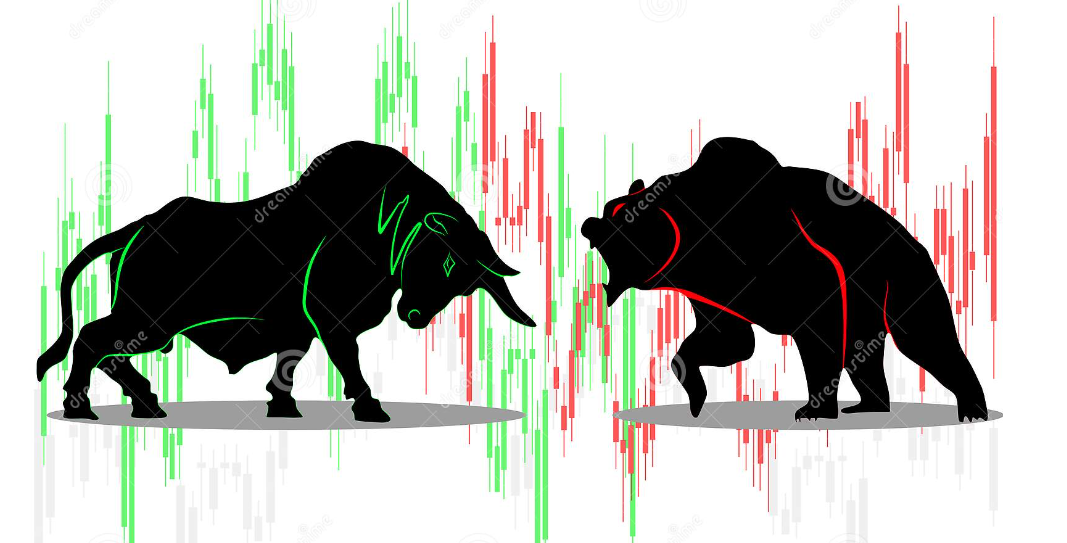Thursday, 09/15/2022
- Equities continue to search for footing – Stocks spent most of the day bouncing between positive and negative territory before losing steam late in the day, with the S&P 500 closing down 1.1% and the Dow shedding 173 points (0.6%) on Thursday.* Markets continue to digest this week's hotter-than-anticipated inflation report, which caused investors to rethink the path ahead for Fed rate hikes. Also in the spotlight today were economic readings consistent with the ongoing story of an economy facing a mix of positive and negative forces. Thursday's underlying leadership reflected an enduring tone of caution, with defensive sectors holding up, while energy and technology investments lagged. To that end, the yield curve saw a bit more inversion today, with 10-year Treasury yields moving above 3.4%, while 2-year yields were up more -- rising above 3.8% to the highest level since 2007* – as short-term rates adjust to reflect expectations for more aggressive Fed policy tightening ahead.
- Economic data offer glimmers of support, but still a mixed picture – A batch of data out on Thursday indicated the economy still has some fuel in the tank but isn't firing on all cylinders. August retail sales rose by a decent 0.3% versus the prior month, though that was boosted by a large gain in automobile sales. The headline figure was suppressed (in a favorable way) by a sharp drop in gas station sales, the result of a double-digit decline in gasoline prices in the month. Looking through some of the volatile categories, overall retail spending growth was modest, suggesting consumers are hesitant to shift recent savings at the pump toward other discretionary spending. What should help household spending is the ongoing strength in the labor market, with the latest reading on initial jobless claims coming in better than expected on Thursday, as new unemployment claims declined from last week's level. On the other side of the ledger, manufacturing activity was more muted, reflecting the ongoing shift in goods spending and moderating aggregate demand. On a positive note, the Empire State and Philadelphia Fed manufacturing reports showed an increase in new orders and shipments, along with a notable decline in prices paid, all of which supports a view that supply-chain influences on inflation are moving in a favorable direction. Broadly, we think these reports are consistent with GDP that is poised to grow at a reasonable clip in the third quarter, as the strong labor market helps offset inflation and Fed rate-hike headwinds.
- Market swings are best navigated with a level head and a wider view – Tuesday's sell-off captured a lot of attention, as markets reacted sharply to news that inflation isn't declining as swiftly as hoped. Moves have been more muted and mixed in the last two days, and while equities are down so far this week, it shouldn't be lost that the S&P 500 remains 7% above its June lows*. Having rallied more than 17% from mid-June to mid-August, this week's drop simply gives back a portion of the recent gains. We noted during the summer rally that it appeared to us markets had grown too optimistic on the outlook for the Fed to pivot away from rate hikes in the near term. The latest inflation report sparked an abrupt repricing in the stock and bond markets to reflect a higher anticipated peak in the Fed policy rate, but to us, the broader investment backdrop remains the same. We expect the Fed to raise rates by 75 basis points (0.75%) at its meeting next week and continue with smaller rate hikes in the coming months to stamp out inflation pressures. But we believe the June lows in the stock market largely reflected this type of policy-tightening response from the Fed, with the 20%-plus decline already pricing in a mild recession resulting from rate hikes. This likely won't preclude further volatility in the markets in the months ahead, but we don't think this is setting the markets up for another dramatic leg down from here. We think investors can use this opportunity to proactively rebalance portfolios, adding to quality investments and diversified asset-class positions, which we believe will be rewarded as markets eventually mount a more enduring recovery.
09/14/2022
Wednesday, 09/14/2022
- Stocks post small rebound: Stocks finished slightly higher after yesterday's sizable sell-off. Technology names were the hardest hit by the news that inflation remains sticky and far higher than the Feds 2% target. Technology names are particularly exposed to interest-rate risk, generally relying on debt to fuel growth. Ten-year Treasury yields moved higher yesterday to around 3.4% and were little changed today. Oil traded around $88/barrel, as global demand forecasts turn slightly bullish. An unexpected easing in the U.K. is driving a softening in the dollar.
- PPI headline inflation shows further easing: Headline producer prices fell 0.1% last month from a month prior, in line with expectations, as investors seek to extrapolate the trajectory and speed on inflation for the rest of this year. Year-over-year, prices were up 8.7%, the slowest pace of price increases since August of 2021. Stripping out volatile elements like food & energy, inflation was largely in line with estimates and well below its peak back in March of 2022. The report provides some comfort, reaffirming that peak inflation is in the past. Investors will be hyper-focused on the path of inflation, as they gauge the Federal Reserve's rate-hiking agenda in response to inflation. We are watching several indicators to help inform our view on the markets and the economy through 2022 and 2023.
- Housing demand softening as rates hold steady at 6%: Data released today showed housing demand is slowing further, down 29% from a year ago, as affordability hits potential buyers amid higher interest rates. Refinance activity is down even further. Housing is one of the sectors that is acutely sensitive to the Federal Reserve, and falling demand is likely good news for Fed Chair Powell, who is looking for a reset in the demand-supply dynamic to bring inflation down from historically high levels. We expect housing demand to soften further in the coming months as the Fed raises rates. Lower housing and refinance demand will likely lead to lower levels of liquidity among consumers and could translate to lower demand in other sectors.


Post Comments(0)